Date: 17 Jun 2018
When discussing these techniques, we can essentially split them into two basic types of method:
- Destructive pruning methods that effect some kind of damage on the plant, like pinching out, FIM, super-cropping etc.
- Non-destructive training techniques designed to minimise damage, such as LST (Low Stress Training), SCROG, etc.
Why prune plants?
There are many possible reasons for pruning plants, both indoors and outdoors, and the approach each grower takes will depend on his or her situation. Large scale Californian outdoor growers use a combination of apical pruning and training to great effect, starting seeds early in the year and repeatedly pinching out growing shoots to produce monster plants inside large wire cages that serve not only as support, but also as a trellis to train the plant, spreading the branches to allow better light penetration and encourage further secondary branching.
This approach can be time-consuming, in particular “cleaning” the inside of the plants: removing weak spindly growth from the shaded area inside the cage, but growers are rewarded with giant bushes capable of yielding kilos of prime bud with very little “larf” or small, under-developed buds. Conversely, urban and suburban outdoor growers will need to start seeds or clones later on in the season and will often need to employ more drastic pruning and training techniques to keep plants short, compact and out of view, growing discretely away from prying eyes, whilst often delivering surprisingly high yields in greatly reduced spaces.
Indoor gardeners can also use these techniques, for example to keep plants from touching the hot lamps, as well as pruning and training plants to encourage them to best fill the grow room and create an even canopy, especially useful when growing two or ore different varieties in one space. The ultimate combination of training and pruning is probably SCROG style cultivation.
When to prune plants?
The decision about when to start pruning or training plants will depend on the stage of the plants life and the individual situation of each grower. We can start training clones or seedlings from very early on, shaping them to suit our requirements as they develop their first leaves, however we recommend waiting until the plant is a bit bigger and stronger before beginning any “destructive” pruning or super cropping, as this can really hold back a plants development if practiced too early on. Wait at least until the second week of vegetative growth before pruning, when the plant has grown a few sets of true leaves.
Topping, apical pruning or pinching out
Apical pruning, also sometimes referred to as “topping” or “pinching out” is one of the most familiar pruning techniques to the great majority of indoor and outdoor cultivators. It allows us to control the height of the plants in a simple and effective way, by removing the topmost growing tip.
This approach consists of simply cutting the apex or the growing tip of the plant using scissors, knife, cutting blade, cutter, etc., ideally previously sterilised to avoid infections during the operation, although many gardeners simply use clean fingernails to “pinch out” the tip while others bend it over until it snaps off cleanly. It’s important to remember that if we make clean cuts, the plants will suffer less stress, and will recover more quickly from the damage with less chance of getting infected.
Apical Cycle
By removing the active apical tip, we encourage lateral shoots to grow.The growing tip of the plant is where the main growth hormones, or auxins are concentrated. By cutting off the tip, we force the plant to redistribute hormones to the other parts of the plant, slowing down vertical growth and encouraging stronger growth in the lower branches, which will reach upwards to take the place of the apical tip, forming multiple leaders instead of just one and forming a more bush-like plant.
This has the advantage of producing many more useful bud sites and an increase in yield. Outdoor growers in particular appreciate this approach as it encourages plants to produce lots of medium-sized flowers rather than one huge bud that could easily fall prey to bud-rot due to its large size and density. Cultivators keeping mother plants also use this technique to stimulate more branching to enable them take lots of healthy cuttings at a time.
For more useful information, check out our other BLOG articles. The GrowshopMania team wishes you successful cultivation!


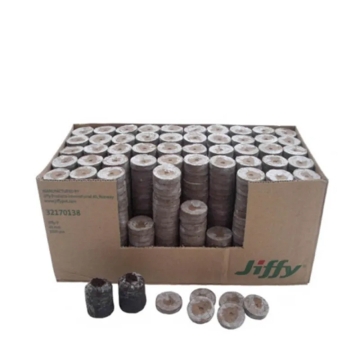
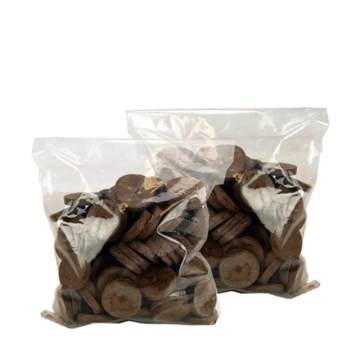
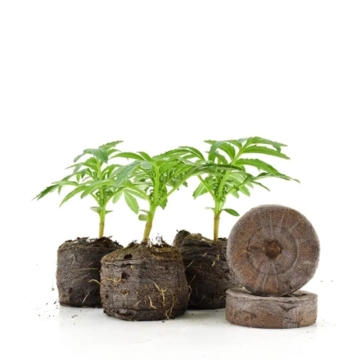
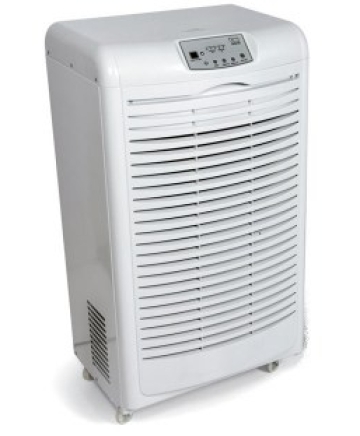

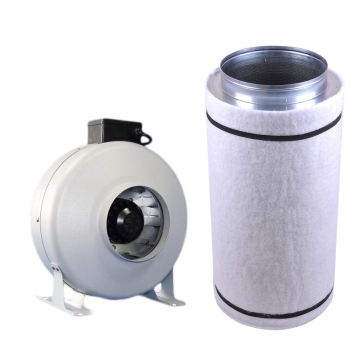





Post comment